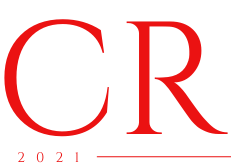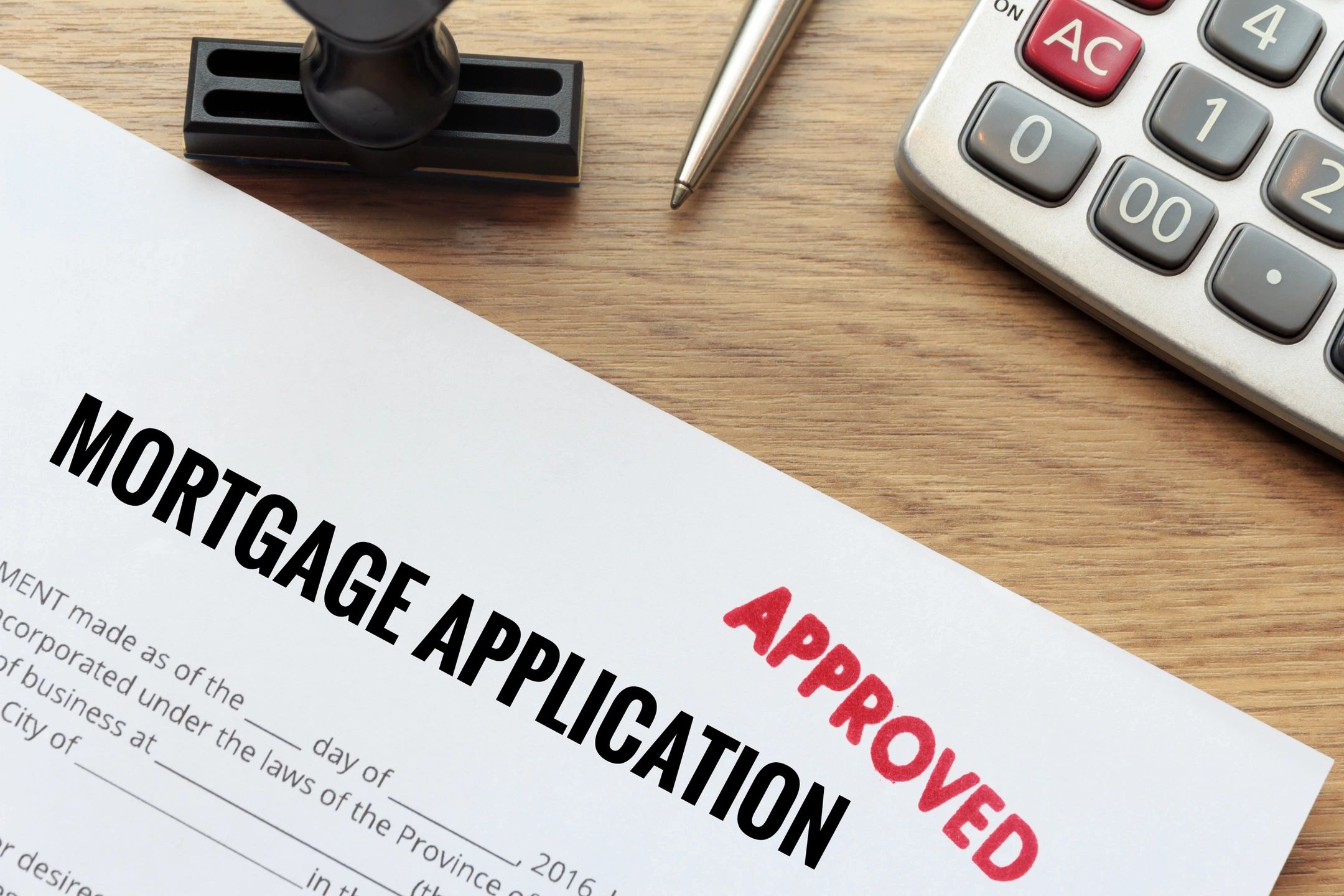Bridge loans for fix and flip investors
Bridge loans for fix and flip investors can be a useful tool for investors in real estate transactions, as they provide short-term financing to cover the gap between the purchase of a property and the sale of the property after renovations are complete.
Here are a few ways that bridge loans can help fix and flip investors:
- Quick access to capital: Fix/flip investors often need to move quickly in order to secure a property and begin renovations. Traditional bank loans can take weeks or even months to process, which can make it difficult to move quickly on a deal. Bridge loans, on the other hand, can be approved and funded in a matter of days, allowing investors to move quickly on a property.
- Financing for renovation costs: Investors often need financing to cover the costs of renovations, such as materials, labor, and permits. Bridge loans can provide financing to cover these costs, allowing investors to make the necessary improvements to the property before selling it.
- Flexibility: Bridge loans are typically more flexible than traditional bank loans, as they are often provided by private lenders who are able to structure the loan to meet the specific needs of the investor. This can include flexible repayment terms and customized loan amounts.
- Higher loan-to-value ratios: Bridge loans may allow for higher loan-to-value ratios than traditional bank loans, which means that investors may be able to borrow a higher percentage of the property’s value. This can be especially helpful for fix/flip investors who may not have a large amount of capital to invest upfront.
Overall, bridge loans can be a valuable financing option for investors in real estate transactions, as they provide quick access to capital and flexible terms that can help investors to complete renovations and sell the property for a profit.


